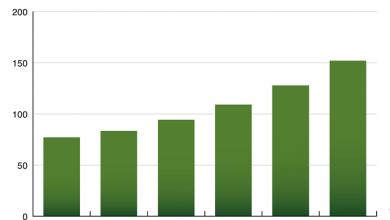Vehicle Telematics – Key to After Sales Revenue

Globally, automotive markets are becoming saturated especially in developed economies. Customer demands are fast-changing and these changes too vary with geographies. Adding to the woes of the slowdown is turbulence brought in by the COVID19 pandemic which has forced Automakers to think & come up with new business models. No matter if it’s a well-established auto giant or an upcoming EV startup, just selling the new models is not sufficient for having a sustainable business because of the current economic conditions & tough competition. Here, the key lies in the opportunities unlocked by after-sales revenue streams.
Needless to highlight the count everyone is aware that there is a huge number of vehicles already on the roads and attention is required on how more value-added services can be provided to these existing users so that they can spend continuously on their vehicles instead of just pushing for fresh sales. This is where vehicle telematics plays a key role since it is an enabler for automakers to connect with all their on-road vehicles and capture data ranging from usage patterns, performance information, geo-location, etc. This data can help in providing services that can increase the overall Customer Lifetime Value. Already many OEMs & third-party vendors are delivering content such as entertainment, maps, weather forecasts, traffic conditions, etc.
Although telematics as a technology is not new in the automotive segment but previously there were a lot of barriers like the cost of infrastructure and more importantly less demand for telematics enabled features. With the increased reach of the internet at reduced prices, there is a pull created by markets and such services are witnessing increased demand. Not only Automakers but other industries like media, insurance & banking are also trying to take leverage and reap some direct/indirect benefits of telematics enabled service offerings.
In the entire telematics value chain, data content is the core around which revenue streams & business models can be planned. Majorly, data comes either from the vehicle’s own systems or from any third party where media content is delivered over some communication network. Depending on the type of content broadly three major business models exist. The first one is Business-to-Consumer telematics which is adopted by automakers where they offer vehicle owners subscriptions for different types of services like navigation, traffic updates, entertainment, information, etc. The second business model through which automakers can benefit is Business-to-Product telematics where vehicle data is used to generate vehicle health reports, fault predictions, vehicle servicing reminders, warranty support, etc which can help users in cutting maintenance-related costs. Third and most potential business model is Business-to-Business telematics wherein different industry segments like insurance, logistics, utilities, media, telecommunication, etc can partner with automakers and create a mutually beneficial revenue stream.
Looking at the current market situation, many Automakers are introducing Subscription or Pay-As-You-Drive pricing models which are new to the Indian market but are expected to become popular since not many customers especially the service class population are willing to shelve out heavy amounts from their pockets in one go. Also, with the increasing adoption of electric vehicles, there is a significant dependence on power utilities for charging the vehicle. In both cases, telematics can provide insights related to the characterization of user behavior which can be used in different ways. Similarly, the logistics industry is using telematics for improved management of their fleets.
Irrespective of current market dynamics & challenges, Automakers in collaboration with information technology service providers still have a lot of opportunities created by telematics which will not only improve their customer experience but will also enable them to tap new revenue streams which will help in achieving sustainability in the long run.
Author:
Kunal Pruthi is currently leading the Business Development team of “WIN Automation” for North & East India. WIN Automation is an initiative of Wipro Infrastructure Engineering, which caters to the full-service line of Industrial Automation needs of Indian & ASEAN manufacturing industries. Other than Conventional Robotics applications like Welding, Handling, Inspection, etc Kunal is also helping his customers in their efforts towards building digitalization strategies for their setups. He played a significant role in developing & deploying India’s first fleet of Self Driving Mobile Robots and Shuttles. He has also been involved in various ADAS & AV initiatives in India during his stint at The Hi-Tech Robotic Systemz Limited.
Published in Telematics Wire

